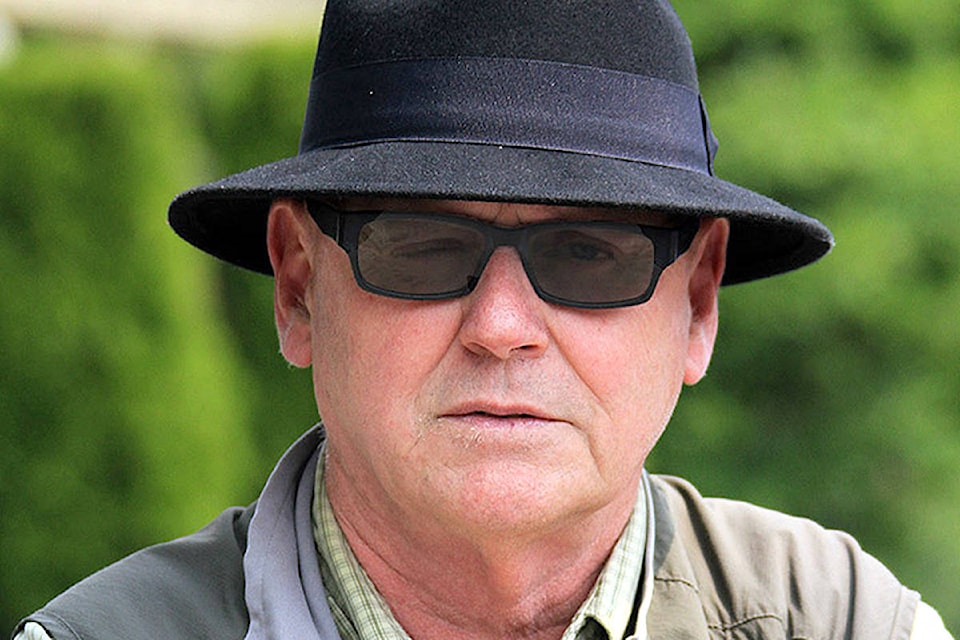by Jack Emberly/Special to The News
The decline of B.C. salmon could be reversed if dams like the Enloe Dam in Oroville, Wash. were taken down.
It hasn’t been used for power since 1958. First Nations say removing it would re-open 340 miles of streams and fish habitat along the Similkameen River. To benefit salmon, Washington has already dismantled more than 100 useless dams.
Alouette dam in Maple Ridge is not useless. It protects us from floods, provides water during droughts, and offers recreational activities.
On the flip side, it bars salmon from miles of spawning and rearing habitat accessed before 1926.
Local First Nation, Alouette River Management Society (ARMS), and Maple Ridge want BC Hydro to fund a fish ladder to reopen habitat; another way to reverse the decline of salmon.
ARMS past president Geoff Clayton – who used to work for Hydro – describes himself as a “power engineer who loves to play with numbers. “The volume of water behind the Similkameen dam is one-sixth of that behind the Alouette dam,” he estimated, “and one-half of the Alouette’s salmon habitat is locked behind our local dam.”
RELATED RECENT COLUMN: Fish ladder for Alouette dam would boost threatened wild sockeye
Gold Creek, and small streams flowing into it up to the falls were excellent spawning grounds for chinook, steelhead, and coho. Many other creeks on the west shore were spawning areas too.
“Re-opening these would also do a lot to reverse the decline of wild B.C. salmon,” he insisted.
This year, 85 sockeye made their way to Allco Fish Fence on the Alouette River. They were intercepted by ARMS and corrections and trucked over the dam. Folks celebrated.
In recent years, numbers have been as low as zero.
Biologist Dr. Marvin Rosenau is encouraged by the 2020 return.
Lab tests prove that the fish aren’t kokanee that live out their lives in lakes, but sockeye that haven’t lost the need to migrate to the ocean. This is a fact Hydro needed proof of before even considering a fish ladder.
“If 85 come back,” said Rosenau, “we could have 10 times that if the lost production to the Stave system is re-routed over Alouette dam. The lake could support 50,000.”
Clayton and Rosenau say the reason that hasn’t happened is a water diversion tunnel at the end of Alouette Lake, 17 km up from the dam.
It’s remoteness on water that can be nasty when the wind comes, makes it a place few of us would see, and if we did we wouldn’t understand the dangers to out-migrating sockeye smolts.
“I believe most of the smolts that leave the Alouette reservoir are entrained (contained and killed) into the Stave and lost to production,” said Rosenau.
“The tunnel flow is 10 times stronger than water over the dam, and sockeye smolts will follow the strongest current.”
Clayton calls the entrance to the diversion tunnel, “the jaws of hell.”
RELATED RECENT COLUMN: Neglected Alouette Lake sockeye could return in the thousands
It’s marked by a gothic structure. Pictures of it reminds you of an old Vincent Price horror movie. I wanted to see it myself, maybe make a video of my trip up. But, I have a 10-foot kayak. I needed a bigger boat.
In September, I used Facebook to let folks know I was looking for someone who had one and wanted to explore the lake with me.
A month passed without a bite – so to speak – and then I got a phone call from Eric, an 81-year-old sports fisherman… to be continued.
– Jack Emberly is a retired teacher, local author and environmentalist
.
_____________________________
• If there is more to this issue, please let us know about it. Email us at editor@mapleridgenews.com. We look forward to hearing from you. In the meantime, like us on Facebook or follow us on Twitter.
